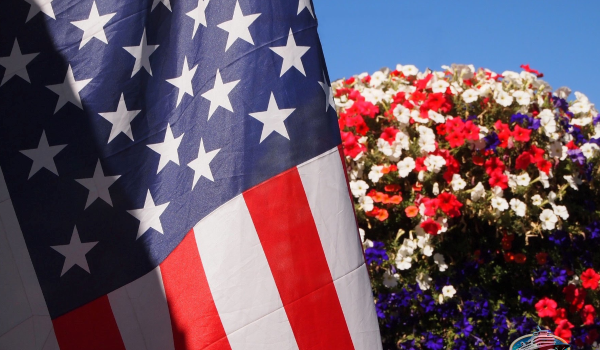The Cape May-Lewes Ferry: Sailing Daily Since 1964
For more than six decades, the Cape May–Lewes Ferry has bridged the Delaware Bay and linked two historic coastal communities — Cape May, New Jersey and Lewes, Delaware. Since its first official voyage on July 1, 1964, the service has carried over 17 million vehicles and more than 50 million passengers.
This 17‑mile crossing isn’t just a shortcut — it’s a scenic journey, a portal to seaside adventure, and a key regional transportation link. The modern vessels carry up to 100 vehicles and 800 passengers and bring the Bay experience to visitors and locals alike.
Origins: Building a Maritime Link
The story began when the bi‑state agency Delaware River and Bay Authority (DRBA) was established in 1962 to oversee crossings of the Delaware River and Bay. In response to growing demand and a feasibility study update in 1963, the DRBA swiftly moved to establish the ferry, collaborating across states and tapping into vessels from the Chesapeake Bay region.
On July 1, 1964, the Cape May–Lewes Ferry launched its first official crossing, marking the start of an enduring transportation tradition.
Evolution & Growth
Originally acquired from a retired Chesapeake‑Bay fleet, the early vessels were modernized and refinished for the Delaware Bay service. In the 1970s and 1980s, new purpose‑built vessels entered service, terminals were upgraded, and the Ferry expanded its offerings and seasonal schedule.
By the 1990s, a major fleet refurbishment — a $54.4 million program — and terminal modernizations helped usher the service into the modern era.
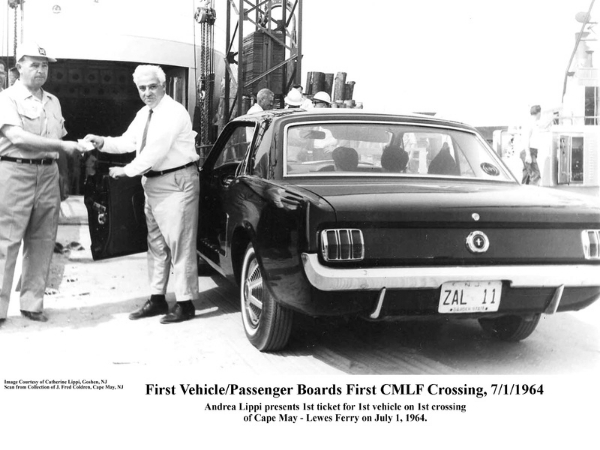
At the Heart of the Region
Beyond being a scenic crossing, the Ferry is a driver of regional tourism, commerce and connectivity. A 2018 study found that each dollar invested in the Ferry generated roughly $20 of economic activity in the surrounding communities. It remains one of only two year‑round direct vehicle crossings between New Jersey and Delaware.
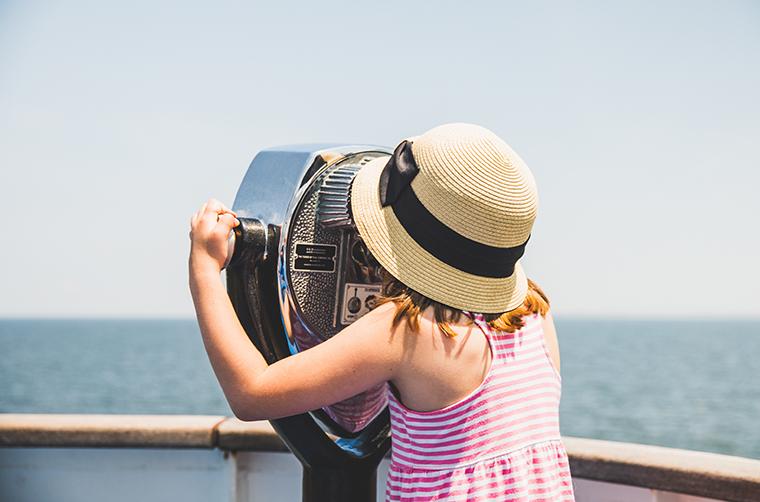
Ready to sail?
Whether you’re traveling for leisure, business, or pure curiosity, the Cape May–Lewes Ferry offers a memorable, stress-free way to travel the Delaware Bay — with comfort, community, and coastal charm built into every crossing.
The Experience of Today
Modern voyages offer comfort, convenience and coastal charm. Passengers enjoy air‑conditioned lounges, open‑air decks, WiFi, comfortable seating, and the opportunity to savor bird and dolphin sightings along the Bay. With multiple daily sailings, vehicles of all sizes are transported safely, while passengers soak in the journey rather than just the destination.
Looking Ahead
The Ferry continues to invest in sustainability, vessel upgrades and enhanced traveler amenities — honoring its legacy while shaping its future. From revamped ship systems to improved terminal access, each upgrade reinforces its role as a regional anchor. With more than 60 years of stories behind it, the journey continues.
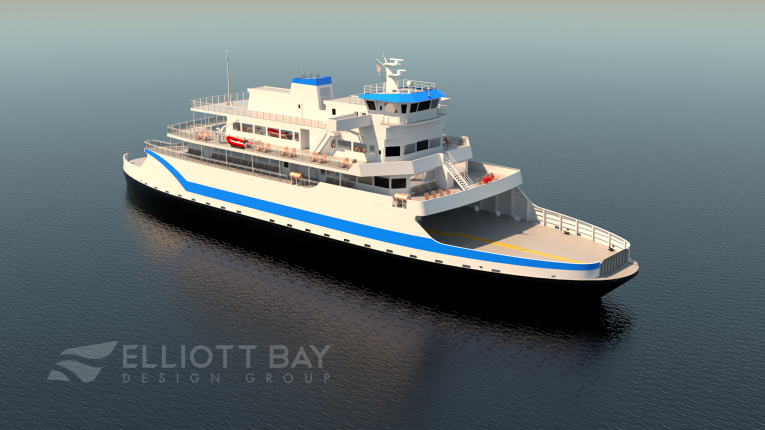
Upcoming Events
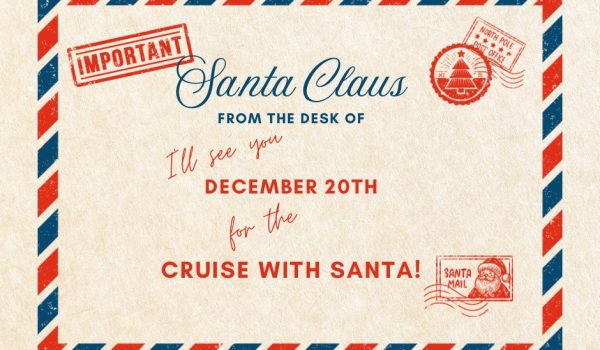
Cruise with Santa
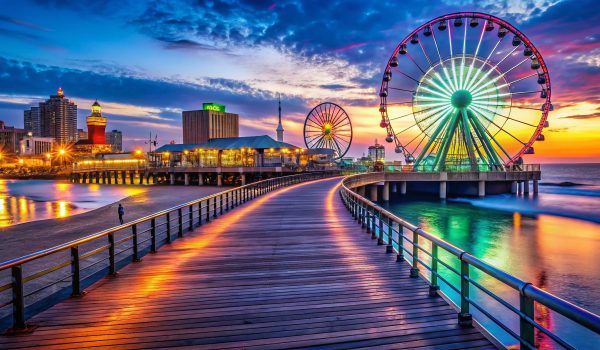
Lucky 7 Hard Rock Casino

Cape May Zoo Excursion
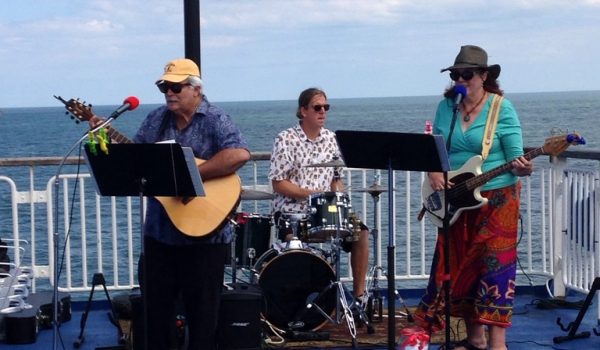
Sunday Jamz Cruises
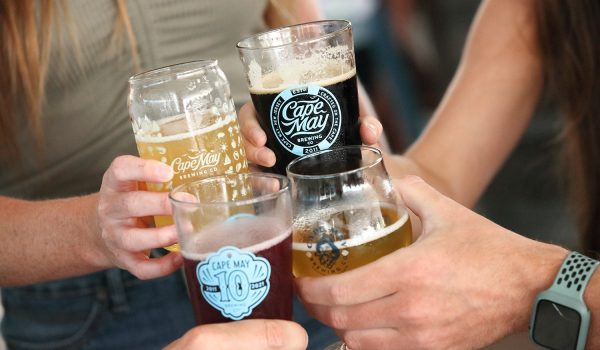
Brewery Shuttle Excursions: Cape May
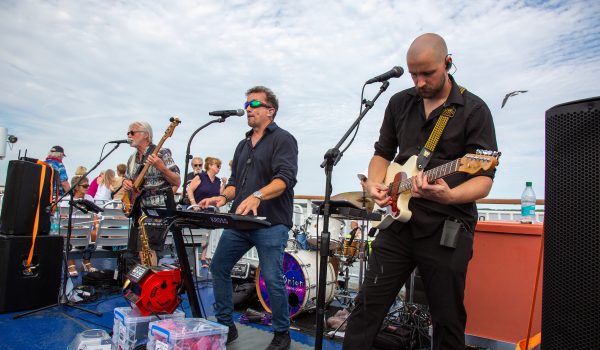
Rock the Boat | Summer 2026
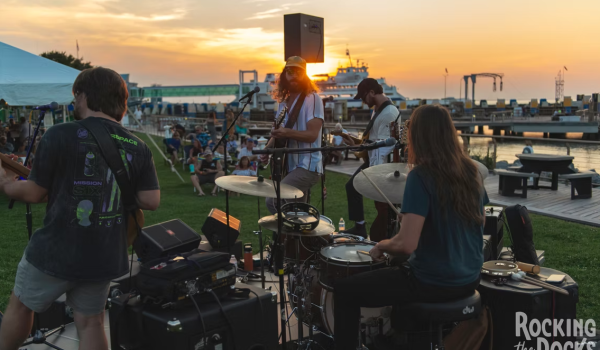
Grain’s Rocking The Docks: Waterfront Concerts in Lewes
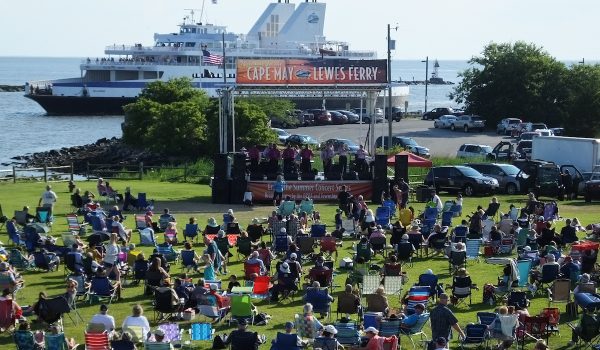
Wednesday Night Concert Series: Cape May
